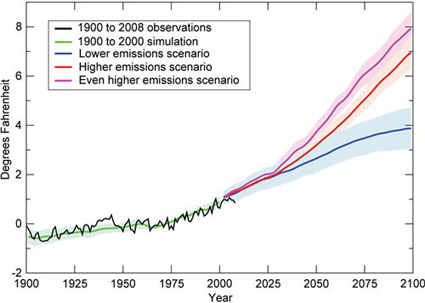- Joined
- Jun 23, 2005
- Messages
- 32,476
- Reaction score
- 22,722
- Gender
- Male
- Political Leaning
- Moderate
I have said this on here for years. The deniers that want to cherry pick RSS datasets don't realize that they are considered less reliable than other datasets. Even the RSS Senior Research Scientist says this:
The Recent Slowing in the Rise of Global Temperatures | Remote Sensing Systems (this was from 2014 before the huge jumps in global temps in 2015 and 2016, but I am pretty sure it still applies.)
As a data scientist, I am among the first to acknowledge that all climate datasets likely contain some errors. However, I have a hard time believing that both the satellite and the surface temperature datasets have errors large enough to account for the model/observation differences. For example, the global trend uncertainty (2-sigma) for the global TLT trend is around 0.03 K/decade (Mears et al. 2011). Even if 0.03 K/decade were added to the best-estimate trend value of 0.123 K/decade, it would still be at the extreme low end of the model trends. A similar, but stronger case can be made using surface temperature datasets, which I consider to be more reliable than satellite datasets (they certainly agree with each other better than the various satellite datasets do!). So I don’t think the problem can be explained fully by measurement errors.
The Recent Slowing in the Rise of Global Temperatures | Remote Sensing Systems (this was from 2014 before the huge jumps in global temps in 2015 and 2016, but I am pretty sure it still applies.)


